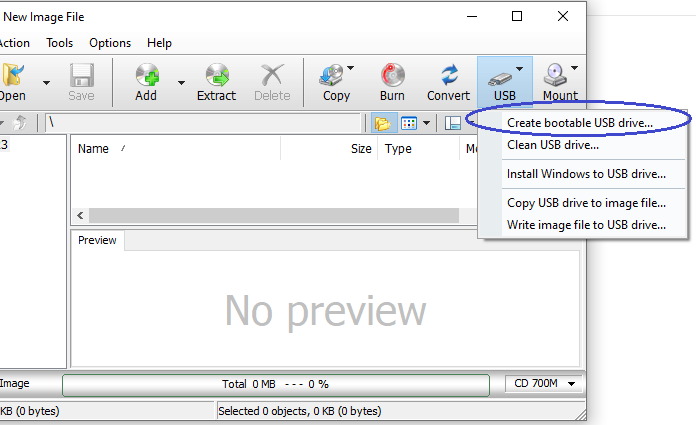Mac Tool For Writing Images To A Usb Stick
The MacBook won't boot into OSX unfortunately, I'm trying to make a bootable mac usb to recove. Stack Exchange Network Stack Exchange network consists of 174 Q&A communities including Stack Overflow, the largest, most trusted online community for developers to learn, share their knowledge, and build their careers.
Have you tried '? It'll convert the DMG to an ISO for you. After that, the easiest way I know of to make a bootable USB is using DD. Dd if=/path/to/osx.iso of=/dev/sdX && sync Note: sdX is an example, you will have to check your flash drive address (usually sdb if you have only one hard disk).
ISO image to USB flash thexder1 Jul 6, 2007, 6:28 PM I am trying to find a way to take an ISO image of a bootable CD and make a bootable USB flash drive from it. To install OSFClone to a CD or DVD, you will need a CD/DVD writer and CD/DVD image writing software of your choosing. To run OSFClone, download and burn the osfclone.iso image to a CD or DVD, and choose to boot from the CD/DVD drive during system start up. Click on any partition you want to make an image of. Click 'New Image' button. Click and drag the ISO file (or disk image file) that you want to boot into using the USB drive into the Terminal window. This will copy the file's address into the Terminal command. You can also type in the folder path to the ISO file.
Do not add a partition # after that (such as sdb1). This method is a little hard on flash drives (I have killed one or two doing this relatively frequently, but once should be fine). Open source paint tools for mac.
If you are unfamiliar, DD is a bit by bit copy and sync just verifies that all files have been written to the usb. @Francesco - Again, look at the differences between dmg and iso. Iso is a standard, dmg is often contains compressed items, where isos do not. To avoid the few rare cases in which a dmg behaves as an iso, it's best to just convert it to a known valid format. If you write the common dmgs (that contain compression) to a USB, many things do not handle them correctly.
Ideal Mountain Retreat For Writing Images
So you aren't adding details, you're asking questions without researching it beyond a single case in which your point is true while ignoring the numerous cases in which it is false. – Jan 7 '14 at 17:39. Install dmg2img sudo apt-get install dmg2img Convert DMG image file to ISO file dmg2img -v -i /path/to/image_file.dmg -o /path/to/image_file.iso Copy ISO image to USB sudo dd if=/path/to/image_file.iso of=/dev/sdb && sync sdb is an example. In your case it might be different Edit You can do the conversion and actual writing in one pass, if you don't need the.iso afterwards: it will take half the time as converting to.iso and THEN writing to the USB device. Numbers mac how to edit formula for entire column (-excel). Just do: sudo dmg2img -v -i /path/to/image_file.dmg -o /dev/sdb Again, sdb is an example. In your case it might be different.

Account Letter For Writing Images
Advertisement Installations from a USB flash drive have become one of the easiest ways to update your computer with a new operating system. A USB installation is quick, extremely portable, and has the bonus of reverting to a storage device following the install. You’ll find a fair few ISO to USB tools out there, and they feature a range of tools for beginners and advanced users. Let’s take a look at the burn time, and the resources available to each software. Note: To keep this test fair, I’m going to burn a copy of Windows 10 Insider Preview Build 17713 x64 to an 8GB Integral USB flash drive, formatting the drive between each burn. A Mini-Glossary of ISO-to-USB Tool Terminology Before we plow into the testing phase, there are a handful of acronyms I’d like to spell out, and a few other bits of we’ll clear up. • Bootloader Options: Is your Windows computer not booting up?
It could be because of a hardware, software, or firmware error. Here's how to diagnose and fix these problems. Some ISO burners allow you to choose the bootloader you’ll need for your desired operating system installation.
• Grub4dos: A bootloader package designed to allow users to A single USB flash drive is all you need to boot, install, and troubleshoot multiple operating systems. We'll show you how to create a multiboot USB, including Windows and Linux installers and recovery tools. • Syslinux: A lightweight bootloader package designed to allow users to select between multiple Linux or Unix installations. • QEMU: Short for Quick Emulator, is a hardware virtualization tool.